
How to Use Metal detector : Examples, Pinouts, and Specs
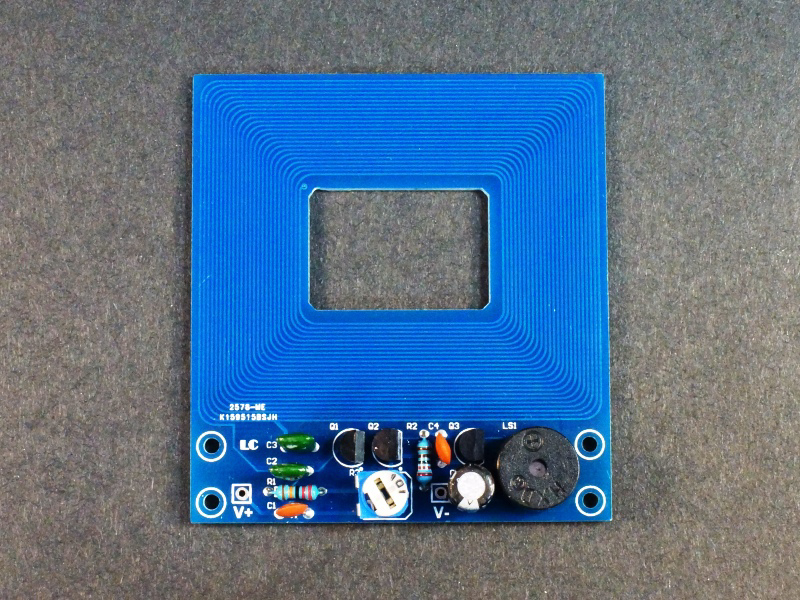
 Design with Metal detector in Cirkit Designer
Design with Metal detector in Cirkit DesignerIntroduction
The Vedant Metal Detector (Part ID: 2) is an electronic device designed to detect the presence of metal within its proximity. Metal detectors are widely used in various applications such as security screening at airports, construction sites for locating buried infrastructure, archaeological digs, and by enthusiasts in metal detecting and treasure hunting.
Explore Projects Built with Metal detector
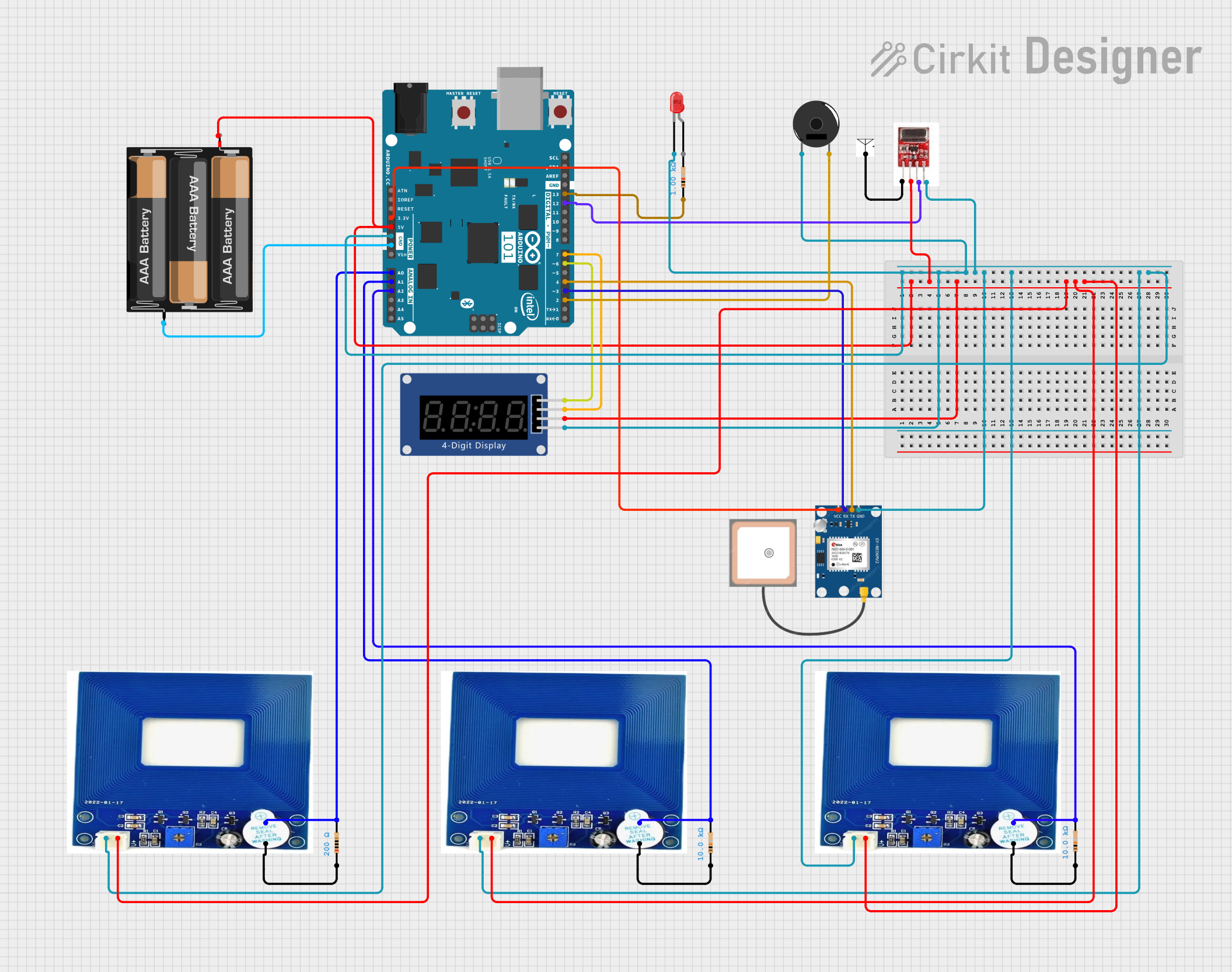
 Open Project in Cirkit Designer
Open Project in Cirkit Designer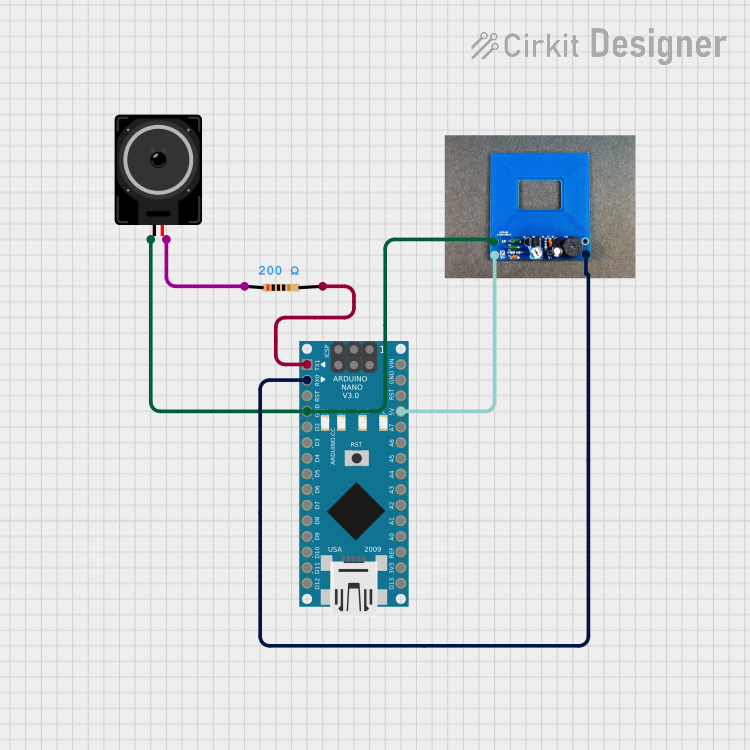
 Open Project in Cirkit Designer
Open Project in Cirkit Designer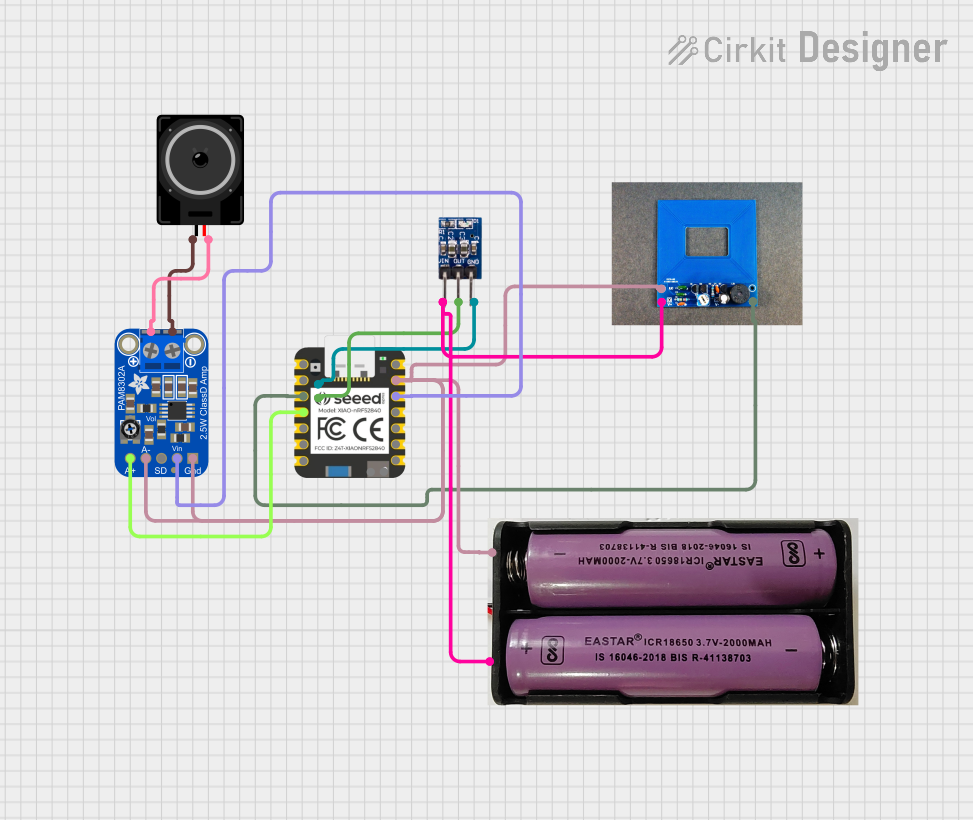
 Open Project in Cirkit Designer
Open Project in Cirkit Designer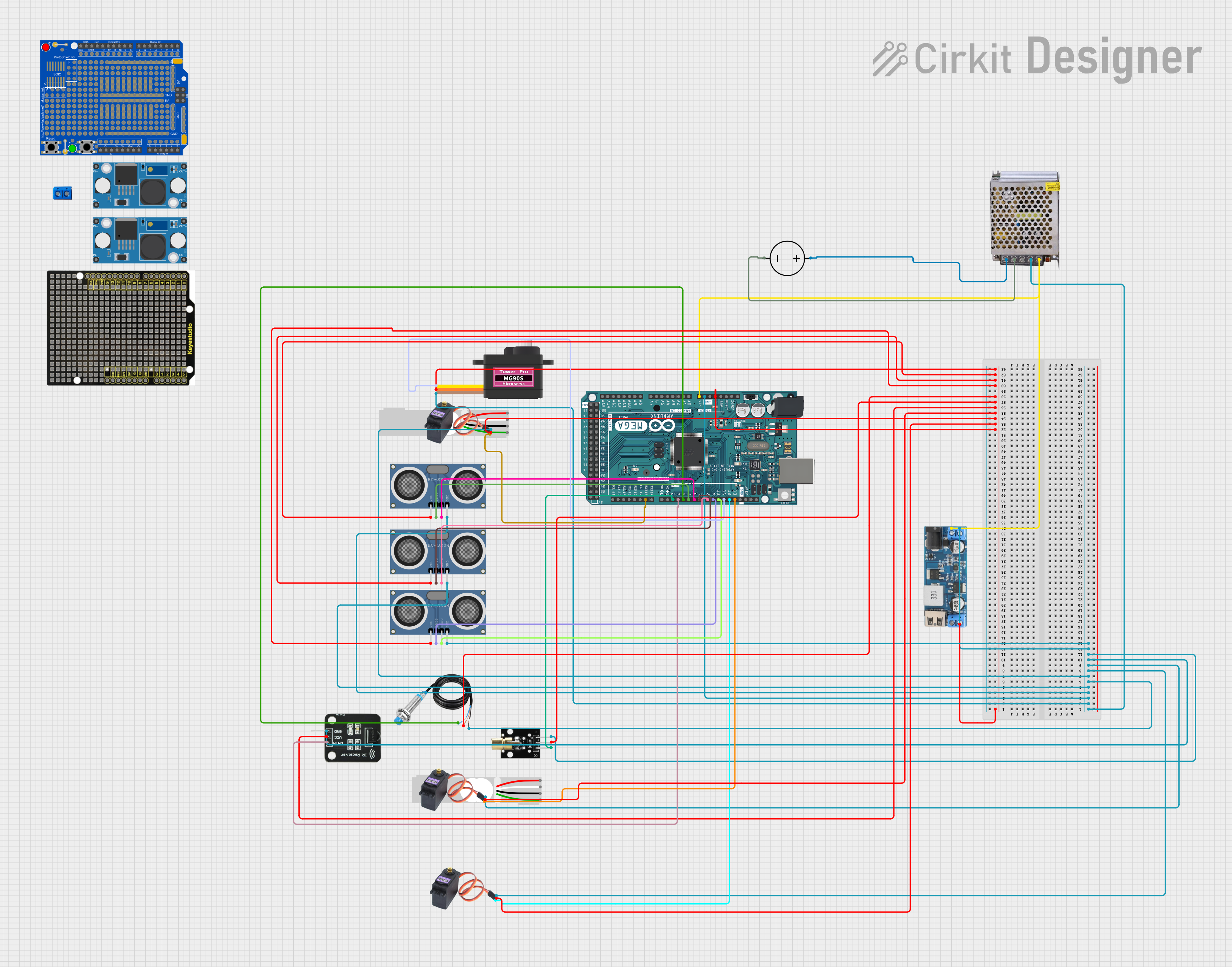
 Open Project in Cirkit Designer
Open Project in Cirkit DesignerExplore Projects Built with Metal detector

 Open Project in Cirkit Designer
Open Project in Cirkit Designer
 Open Project in Cirkit Designer
Open Project in Cirkit Designer
 Open Project in Cirkit Designer
Open Project in Cirkit Designer
 Open Project in Cirkit Designer
Open Project in Cirkit DesignerTechnical Specifications
General Features
- Sensitivity: Adjustable to detect different metal sizes
- Detection Range: Varies with metal size and material
- Operating Frequency: Typically in the range of kHz to MHz
- Operating Temperature: -10°C to 60°C
- Power Supply: 6-12V DC
Pin Configuration and Descriptions
| Pin Number | Name | Description |
|---|---|---|
| 1 | VCC | Connect to 6-12V DC power supply |
| 2 | OUT | Output signal (High when metal is detected) |
| 3 | GND | Ground connection |
Usage Instructions
Connecting to a Circuit
- Power Supply: Connect the VCC pin to a DC power supply ranging from 6-12V.
- Output Signal: Connect the OUT pin to the input of a microcontroller or an LED indicator circuit to observe the detection signal.
- Ground: Connect the GND pin to the common ground of the power supply and the microcontroller or indicator circuit.
Best Practices
- Ensure that the power supply does not exceed the recommended voltage range to prevent damage to the metal detector.
- Adjust the sensitivity according to the application requirements. For smaller metal pieces, increase the sensitivity.
- Keep the metal detector away from large metallic objects that may interfere with its operation.
- Use shielded cables for connections to minimize interference from external electromagnetic fields.
Example Arduino UNO Connection and Code
// Define the pin connected to the metal detector's output
const int metalDetectorPin = 2;
const int ledPin = 13; // Built-in LED pin on Arduino UNO
void setup() {
pinMode(metalDetectorPin, INPUT);
pinMode(ledPin, OUTPUT);
Serial.begin(9600); // Start serial communication at 9600 baud rate
}
void loop() {
int metalDetected = digitalRead(metalDetectorPin);
if (metalDetected == HIGH) {
digitalWrite(ledPin, HIGH); // Turn on LED if metal is detected
Serial.println("Metal detected!");
} else {
digitalWrite(ledPin, LOW); // Turn off LED if no metal is detected
}
delay(100); // Short delay to debounce and reduce serial output rate
}
Troubleshooting and FAQs
Common Issues
- No Detection: Ensure that the power supply is correctly connected and within the specified voltage range. Check the sensitivity settings.
- False Alarms: Adjust the sensitivity and ensure that the metal detector is not placed near large metallic objects or sources of electromagnetic interference.
- Unstable Readings: Use shielded cables and keep the detector away from moving metallic parts.
FAQs
Q: Can the metal detector differentiate between different types of metals?
A: No, this basic metal detector does not differentiate between metal types; it only indicates the presence of metal.
Q: What is the maximum detection range of the metal detector?
A: The detection range depends on the size and type of the metal object as well as the sensitivity setting.
Q: Can the metal detector be used outdoors?
A: Yes, but it should be protected from extreme weather conditions and water exposure.
Q: How can I increase the detection range?
A: Increasing the sensitivity can help, but it may also lead to more false positives. It's a balance between sensitivity and specificity.
For further assistance, please contact Vedant customer support.